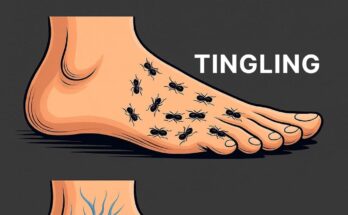In today’s fast-paced, always-on work culture, burnout is no longer a rare phenomenon—it’s practically expected. Many professionals find themselves overwhelmed, constantly chasing deadlines, and working through mental fatigue without truly understanding its long-term cost. But what if one of the most powerful tools to restore balance and improve productivity is something as simple and short as a micro-pause?
Micro-pauses—brief breaks taken during work—might last only 30 seconds to a few minutes. But don’t let their size fool you. These short moments of rest have a measurable impact on mental clarity, emotional well-being, and overall workplace performance. This article explores why integrating restorative micro-pauses into your daily routine can help transform not just your workday, but your health, focus, and long-term career satisfaction.

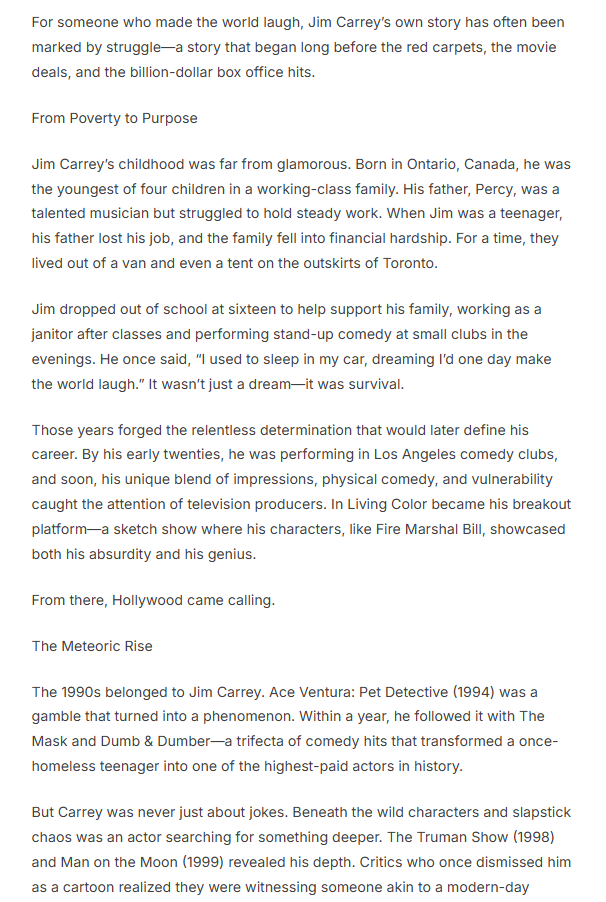
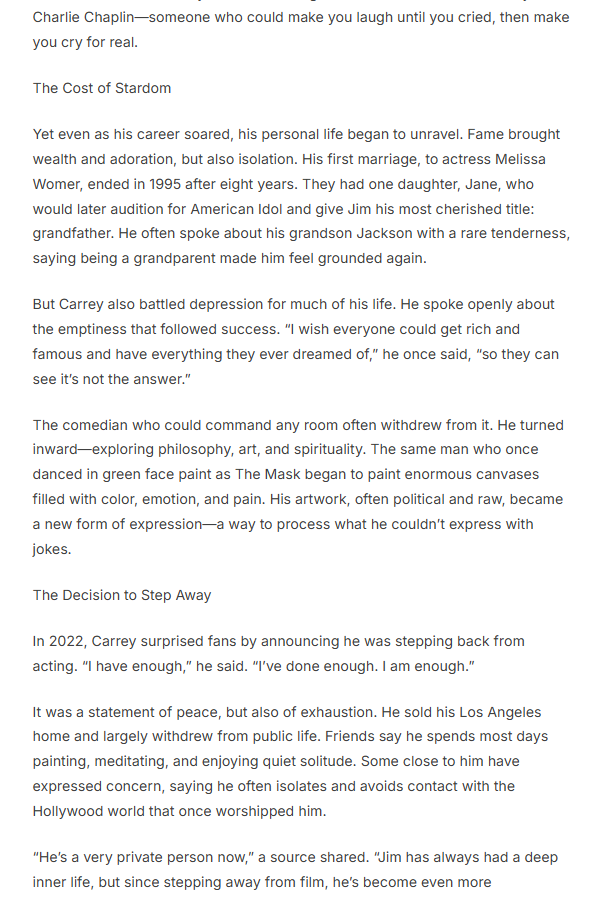
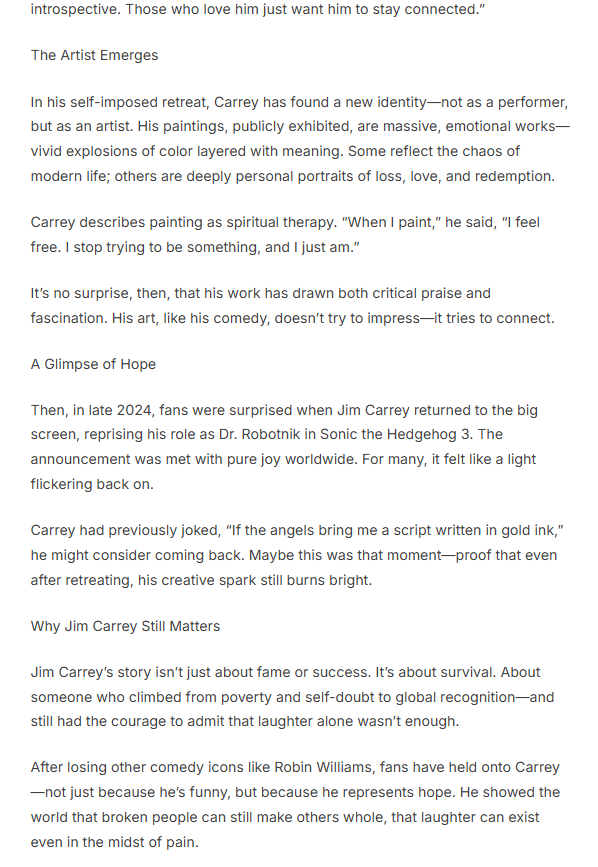
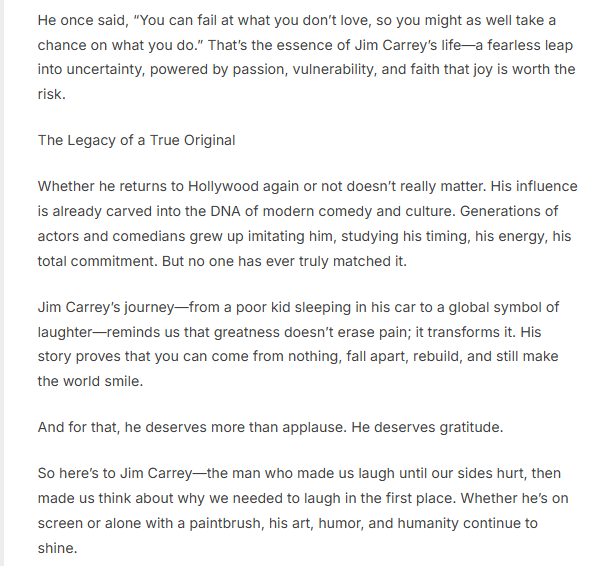
Understanding the Modern Work Dilemma
The average worker is expected to perform at high levels of productivity for 8 to 10 hours a day, often while being bombarded by emails, Slack messages, and an ever-growing list of tasks. The human brain, however, isn’t designed to function optimally under constant stress or without rest.
Studies show that cognitive performance begins to decline when sustained attention is required for long periods without a break. Mental fatigue leads to errors, poor decision-making, and slower reaction times. More importantly, chronic stress without relief can lead to serious health issues such as anxiety, high blood pressure, insomnia, and even heart disease.
While we often think of recovery as something we do after work or on weekends, the truth is that real recovery needs to be embedded throughout the workday—and that’s exactly where micro-pauses come in.
What Are Micro-Pauses?
Micro-pauses are intentional, short breaks from mental or physical tasks. They are not extended lunch hours or 15-minute coffee runs. Instead, they are small, strategic pauses that could include:
- Looking away from the screen for 60 seconds
- Doing a breathing exercise for 2 minutes
- Standing up to stretch
- Taking a short walk around your office or home
- Sipping water while gazing out a window
- Performing a quick mindfulness check-in
They’re simple, require no special tools or preparation, and can be integrated into almost any work routine without disrupting productivity.
Why Micro-Pauses Work: The Science Behind the Practice
The reason micro-pauses are so effective is rooted in neuroscience. The brain operates in cycles of high and low focus—commonly referred to as ultradian rhythms. Typically, we can maintain high focus for about 90 minutes before performance starts to dip. Continuing to work beyond this natural cycle without rest leads to reduced efficiency.
Micro-pauses give the brain just enough time to “reset” between cycles. They help deactivate the sympathetic nervous system (responsible for the stress response) and activate the parasympathetic nervous system (responsible for relaxation and restoration). This shift reduces cortisol levels, lowers heart rate, and calms mental activity, allowing you to return to your tasks with renewed focus and energy.
In addition, micro-pauses support neuroplasticity—the brain’s ability to reorganize itself and form new connections. When we take a moment to step back, reflect, or simply breathe, we allow the brain to process and consolidate information more effectively.
The Benefits of Integrating Micro-Pauses Into Your Day
1. Improved Mental Focus
Taking a brief pause helps clear mental clutter and brings you back to the task at hand with sharpened concentration. Instead of pushing through fatigue and making mistakes, you work more efficiently in shorter bursts.
2. Reduced Stress and Anxiety
Micro-pauses offer an opportunity to regulate breathing, practice mindfulness, and reframe stressful thoughts. Even 60 seconds of conscious breathing can reduce the physiological symptoms of stress and restore calm.
3. Enhanced Creativity
Creativity often arises not when we’re forcing ideas, but when we step away from the problem. Letting your mind wander, even briefly, can spark fresh ideas and innovative solutions.
4. Better Physical Health
Sitting for long periods can take a toll on your body. Incorporating movement-based pauses—like standing up or stretching—promotes better circulation, reduces muscle stiffness, and can even prevent repetitive strain injuries.
5. Stronger Emotional Resilience
Restorative micro-pauses help you tune into your emotions. This creates space to respond rather than react, fostering a greater sense of emotional intelligence and resilience in the face of workplace challenges.
6. More Sustainable Productivity
Burnout doesn’t happen overnight—it builds over time. Micro-pauses act as a buffer, preserving energy and reducing the likelihood of physical and mental exhaustion over the long haul.
How to Make Micro-Pauses a Habit
Despite their simplicity, micro-pauses are easy to overlook in the hustle of daily work. Here are some tips to ensure they become a consistent part of your routine:
1. Schedule Them
Set reminders on your phone or computer to take a 1–2 minute break every 60 to 90 minutes. Apps like Pomodoro timers are great tools for structuring focused work and rest intervals.
2. Create Pause Cues
Use natural transitions—such as finishing an email or completing a meeting—as a cue to take a short pause. Associating breaks with these moments makes them easier to remember.
3. Design a Pause-Friendly Workspace
Have water nearby, a comfortable place to stretch, or even calming visuals like plants or artwork. A space that invites rest helps reinforce the habit.
4. Practice Mindfulness
Even one deep breath can serve as a reset. Close your eyes, focus on the inhale and exhale, and give your mind a moment of quiet.
5. Lead by Example
If you’re in a leadership or managerial role, encourage your team to take micro-pauses. Normalize the practice by modeling it yourself and showing that rest is a strength, not a weakness.
Overcoming the “Guilt” of Taking Breaks
One of the biggest barriers to adopting micro-pauses is the internalized guilt of not “looking busy.” Many employees feel they have to appear constantly active to prove their value. But the truth is, output matters more than hours logged.
By reframing breaks as part of your productivity system—not as interruptions—you allow yourself to work smarter, not harder. Organizations that support well-being understand that rested employees are more engaged, more innovative, and less prone to burnout.
Taking a pause isn’t slacking off—it’s optimizing your performance.
Final Thoughts: Small Breaks, Big Results
Incorporating restorative micro-pauses into your daily work life is one of the easiest and most effective ways to improve your well-being, productivity, and long-term professional success. These small moments of rest compound over time, creating a more sustainable, healthier way to work.
You don’t need an hour-long meditation session or a week off in the mountains to reset your mind. Sometimes, all it takes is a breath, a stretch, or a minute of silence to come back to yourself—and your work—with clarity and purpose.
So the next time you feel overwhelmed, unfocused, or fatigued, try this: pause.



